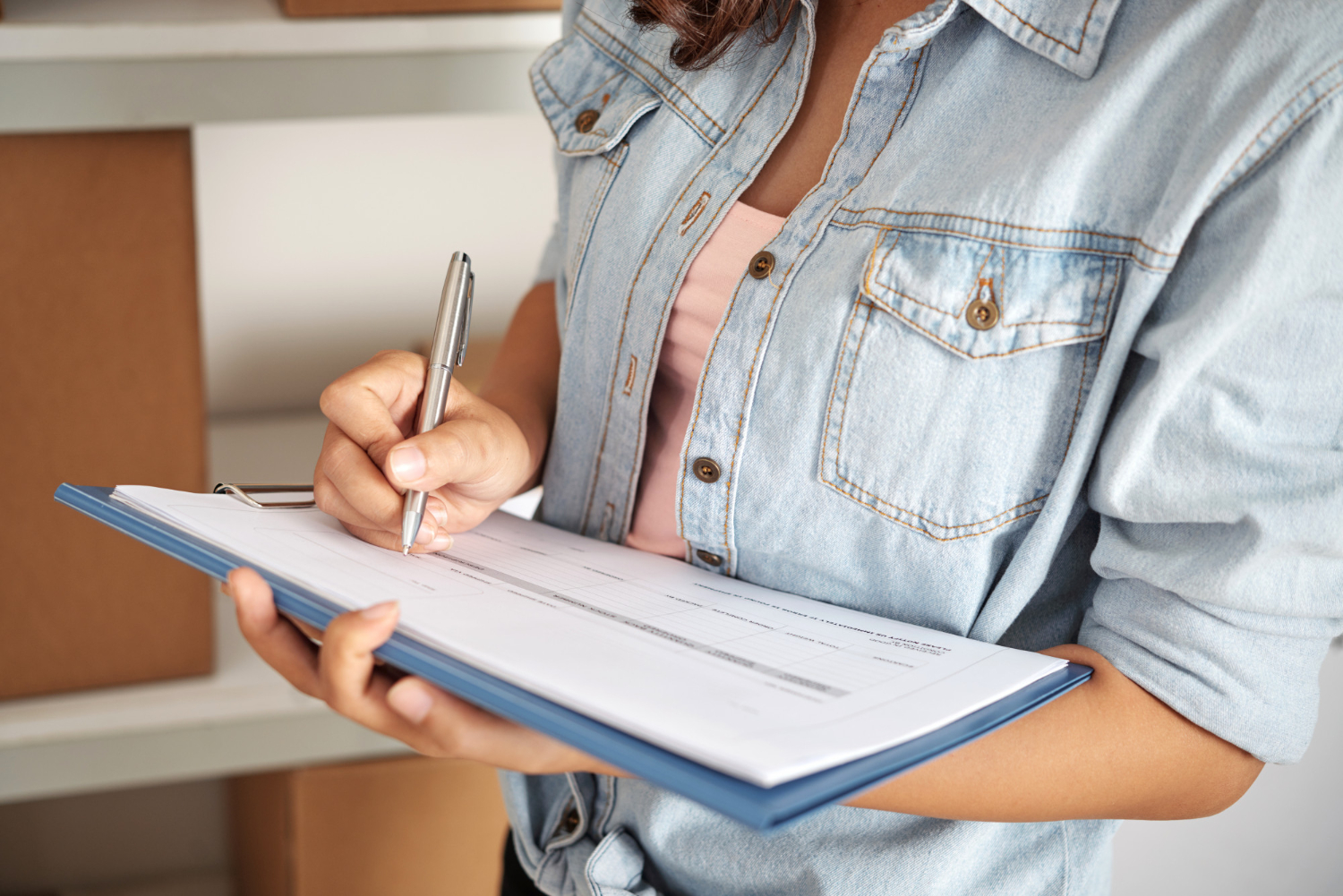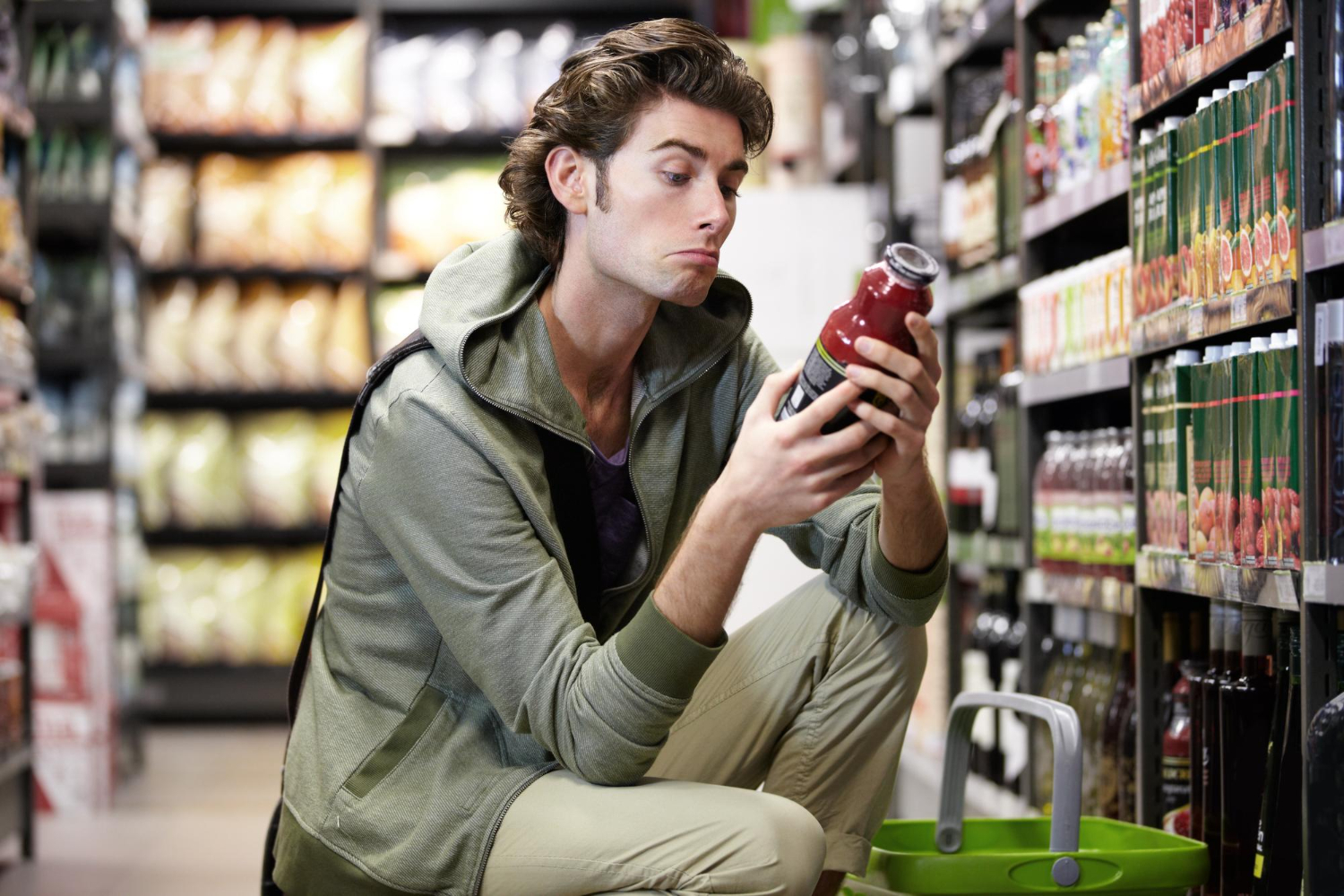How To: Move House With A Dog
Stressed about moving from your old home to your new home? Chances are your dog is too.
Huge changes in your life can extend onto your pet, especially if these changes are occurring in the space your dog is most comfortable with, that being his/her home.
Thankfully, the way to help your dog adjust to a big move is very similar to the way you’d cause yourself to stress less moving to a new house, and that’s planning.
These tips and tricks for moving with your dog will cause the transition to be a little bit smoother, as well as ensure your special pal is as comfortable as they can be for a change in environment such as this.
(Moving with a cat or even some greenery? Check out our blogs on moving with a cat here, as well as moving with plants here.)
Inclusion & Positive Association
To kick things off, a misconception needs to be fixed. While it may seem like hiding moving materials from your dog will make the process less of a stressful time, the opposite tactic should be applied.
Instead, purchase your moving materials earlier than you might have initially thought of and allow your four-legged friend to get acquainted with the supplies. This could be as simple as leaving cardboard boxes for your dog to explore (but not destroy), or leaving the tap out for the dog to sniff and investigate.
This method will allow the dog to form a positive association with the moving supplies ahead of time, thus causing less stress when said supplies are packing his home away.
Speaking of positive association, it’s not a bad idea to reward good behaviour when your dog comes into contact with the moving materials. Consider rewarding the dog with plenty of treats and praise or even spend some playtime with your dog near the supplies. Try to keep in mind, however, that your dog could easily see these new items as dog toys and quickly try to chew and rough them up, so don’t leave the items unsupervised!
Preparation & Maintaining Habit
Preparation for moving day can come in many forms, one of which focuses on how you will get from point A to point B. With your dog in tow, ensure your furry friend is comfortable and safe for the trip, whether that be for a local drive or if a plane ride is in order.
Consider purchasing a car harness (if you didn’t already own one) to ensure your dog is strapped in and ready to go. An alternative for both car and plane rides is a travel crate, which you’ll need to introduce before the move.
Ensure all vaccinations are in order and you update your dog’s microchip to the new address ahead of time too.
Once you’ve got preparations ready for the trip, consider what you can do during the packing stage to calm your dog a bit more. As this is a very chaotic time in the household, leaving your dog to watch the chaos ensue is not the best course of action. Consider leaving your dog with a family member, trusted friend, or pet sitter in general during the packing stage.
An alternative is to try to stick to your dog’s schedule as much as possible. For example, if your furry friend goes for regular walks in the morning, try to maintain that daily ritual even if the messiness of moving house is causing a bit more laziness in the morning.
Enrichment & Strategic Packing
Along with maintaining a schedule, adding additional positive activities wouldn’t hurt either. When there’s downtime, taking your dog for walks or hikes or playing with their favourite toy is great stimulation to put your dog in a good mood.
Once you’ve decided on a plan of attack, think strategically about your packing. If you’ve decided to keep your furry pal in the house while you pack, try to keep some semblance of order while doing so.
When packing starts, it almost seems like a natural disaster has struck in the home, but cleaning up after the mess made will go a long way in calming your dog, while also keeping things risk-free from your dog hurting themselves on a foreign object.
The last room you unpack should be your dog’s favourite space, ideally where their bed, toys, food and water bowls, and treats are situated. Allow your dog to rest there comfortably for a while when the movers and removalists are treading through the house.
Post-Move Impawtance
Arguably the most important part of the moving process with a dog is what you do after you’ve moved to the new house. This is the time where you put the effort into ensuring your dog becomes accustomed to their new environment, which is something that can’t be rushed nor should be ignored.
Just as you did before the move, ensure regular routines are kept in the new surroundings, as dogs are creatures of habit and will begin to stress if their normal routine is messed with. The new area could also be a chance for your dog to explore the new location for the first time, finding new smells, different pheromones, and maybe even a new friend.
Ensure the items associated with your dog are set up in a new space for them, as it’s a great way to have a space available for your dog to retreat to, should the new area begin to overwhelm them.
Finally, an understanding that it will take time for your dog to grow accustomed to the new environment is pivotal. The whole moving process is stressful and anxiety-inducing for both yourself and your dog, so ensure positive reinforcement is applied and try to build as much comfort and trust as possible in the new environment.
Maintain the tips above and your furry friend will be living their best doggie life as stress-free as possible!
For any other questions about moving home as a whole, we’ve put together the ultimate guide to moving house, which you can check out here.
If you need help getting your utilities connected sorted, please call MyConnect on 1300 854 478 or use the Get Connected form here! If you’re unsure about using a utility connection company, hopefully, this post here can assist you.






 Justyn Harrison
Justyn Harrison 



